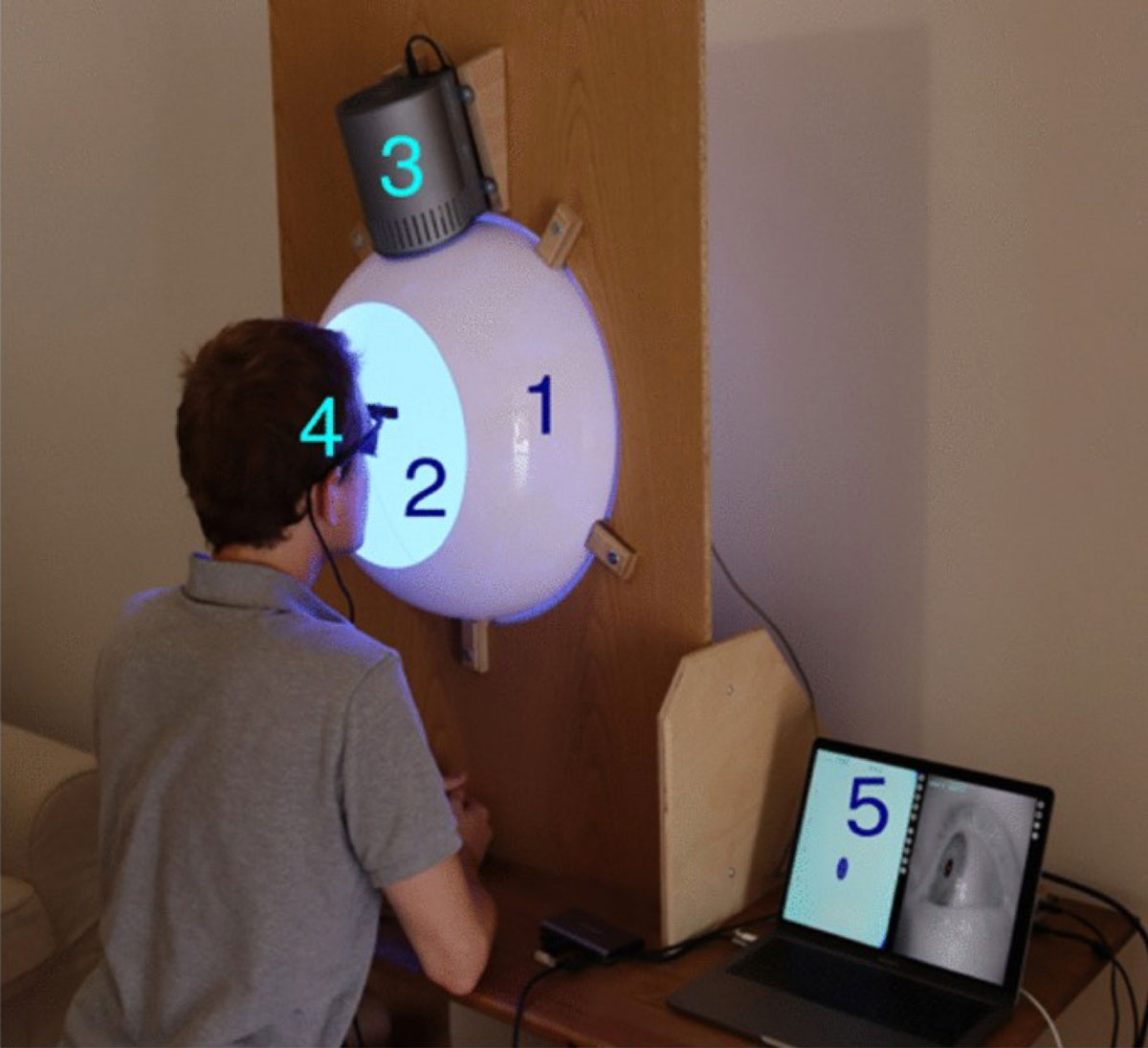May 26, 2022
Researchers at the University of Oxford Institute of Biomedical Engineering have released a novel research platform for applications concerning the human pupillary light reflex (PLR).
The platform of hardware contains a Spectra Tune Lab light source (STLAB) [1] from LEDMOTIVE that integrates 10 different LED channels. STLAB has an advanced closed-loop control system based on a mini spectrometer to monitor and control the temporal and spectral deviations of light.

Figure 1. PyPlr Github repository[2].
PyPlr [3] is a Python library developed to control the research-grade video-based eye-tracker system, synchronizing the light source for stimulus, extraction of features, cleaning the image, and analysis of pupil data.
This investigation was led by Joel T. Martin, Joana Pinto, Daniel Bulte & Manuel Spitschan and is available in open access in the journal Behavior Research Methods[4]. This paper explains how full-field, homogenous stimulation of the retina can be realized with a low-cost integrating sphere that serves as an alternative to a more complex Maxwellian view setup.
The research platform demonstrates its capabilities with two example applications: (a) pupillometer-style measurement and parametrization of the PLR to flashes of white light, and (b) comparing the post-illumination pupil response (PIPR) to flashes of long and short-wavelength light. The system holds promise for researchers who would favor a flexible approach to studying the PLR and the ability to employ a wide range of temporally and spectrally varying stimuli, including simple narrowband stimuli.

Figure 2. Stimulation and measurement system: (1) integrating sphere constructed from two acrylic half-domes, housed, and stabilized with a wooden fixing plate, (2) inside coating of Avian-B high reflectance paint to scatter light homogenously, (3) STLAB light source mounted above entry port, (4) Pupil Core eye-tracking headset, and (5) laptop running Pupil Capture and custom Python software. Photograph taken and used with permission.
For more information:
[1] Spectra Tune LAB light source. LEDMOTIVE
[3] PyPlr Python library. Project documentation
[4] Martin, J.T., Pinto, J., Bulte, D. et al. PyPlr: A versatile, integrated system of hardware and software for researching the human pupillary light reflex. Behav Res (2021).
